
Accidents can happen at any time, and the resulting pain can be debilitating and frustrating when it affects the elbow. Whether you’ve been injured in a car accident, a slip-and-fall, or a workplace injury, elbow pain can significantly impact your daily life. At Accident and Injury Rehab Center, we specialize in treating elbow injuries caused by accidents, helping you recover quickly and safely to return to your normal activities.
Elbow injuries from accidents vary in severity, but they all require prompt diagnosis and treatment to ensure optimal recovery. The elbow joint is a complex structure of bones, ligaments, tendons, and muscles, and when any of these components are injured, symptoms can include pain, swelling, stiffness, or a reduced range of motion.
Elbow fractures, which involve broken bones in the elbow joint, are a frequent consequence of accidents such as car crashes or falls. These fractures may affect any bones that make up the elbow, including the humerus (upper arm bone), radius, or ulna (forearm bones). The severity of the injury can vary, with some fractures requiring surgical intervention while others heal with immobilization. Elbow fractures can cause extreme pain, swelling, and bruising and may limit the range of motion in the arm. In severe cases, fractures can lead to long-term complications like joint stiffness or arthritis.
An elbow dislocation occurs when the elbow joint bones are forced out of their normal alignment, often due to a high-impact accident such as a fall or a collision. This injury can cause excruciating pain and visible deformity. Along with intense pain, individuals with an elbow dislocation typically experience swelling, bruising, and a significant loss of mobility in the affected arm. In some cases, the dislocation may also damage surrounding blood vessels, nerves, or ligaments, potentially leading to more complicated treatment and rehabilitation. Immediate medical attention is essential to realign the joint and prevent further damage.
Tendinitis and bursitis are common overuse injuries triggered by sudden, unnatural movements during an accident, particularly if significant impact or repetitive stress is placed on the elbow. Tendinitis refers to inflammation of the tendons around the elbow, often resulting in pain, stiffness, and swelling. Bursitis involves inflammation of the bursae—small, fluid-filled sacs that cushion the joints. When these structures become irritated or inflamed, it can lead to tenderness, swelling, and reduced mobility in the elbow. Both conditions are frequently caused by accidents involving a forceful blow or awkward arm positioning, leading to strain on the tendons or bursae.
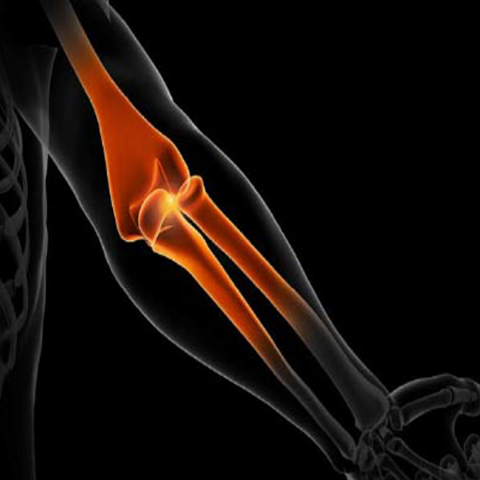
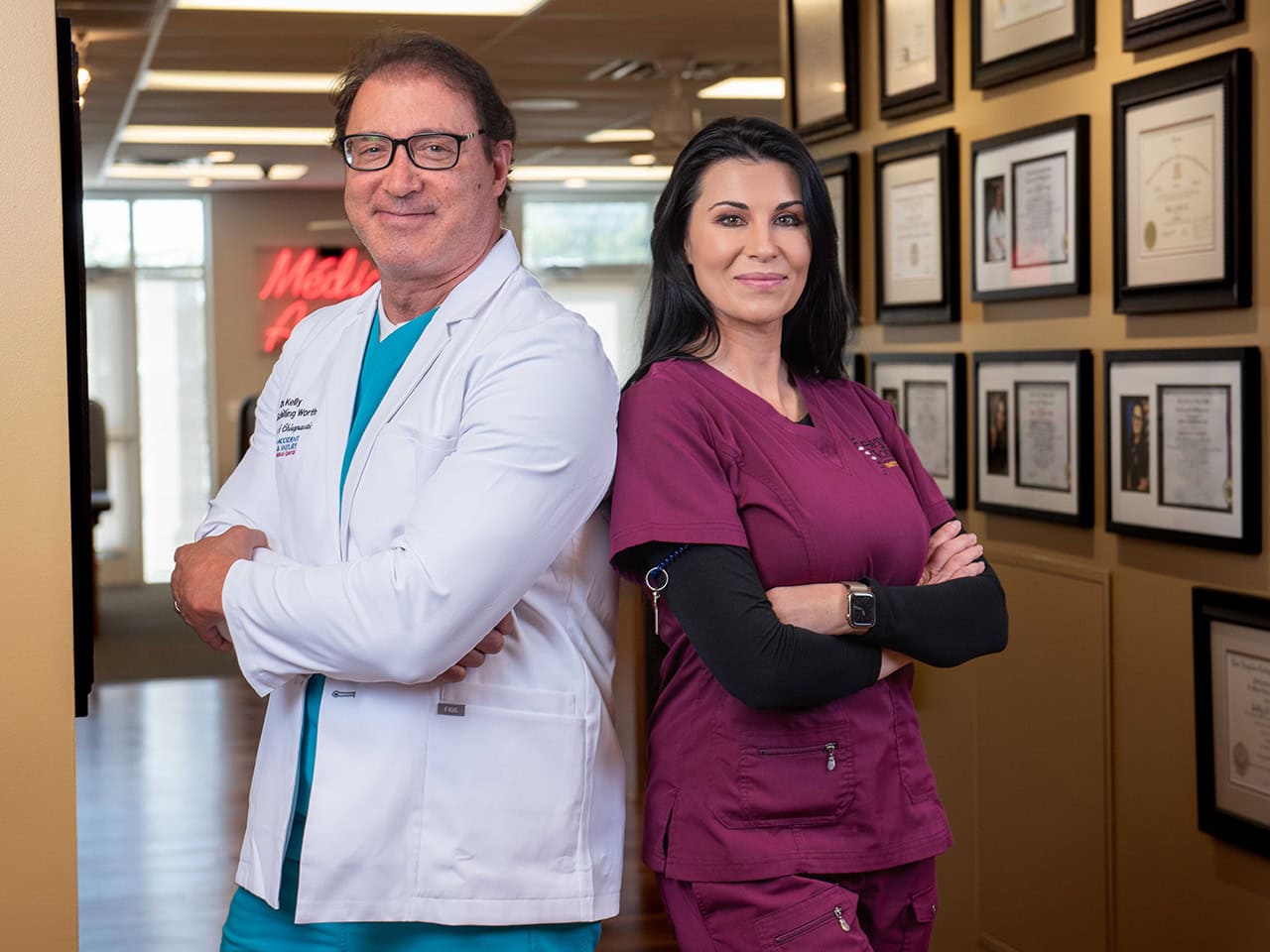
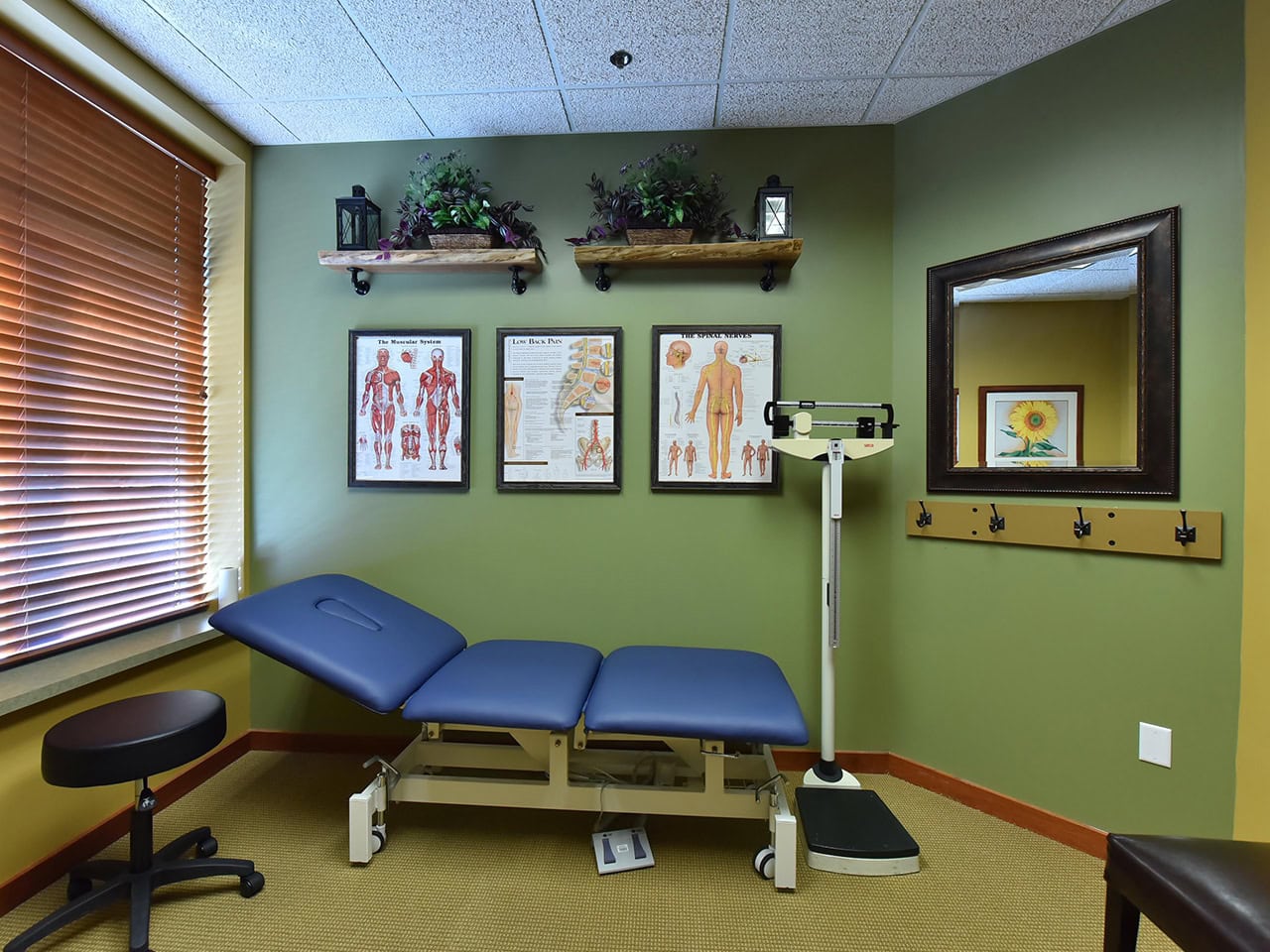
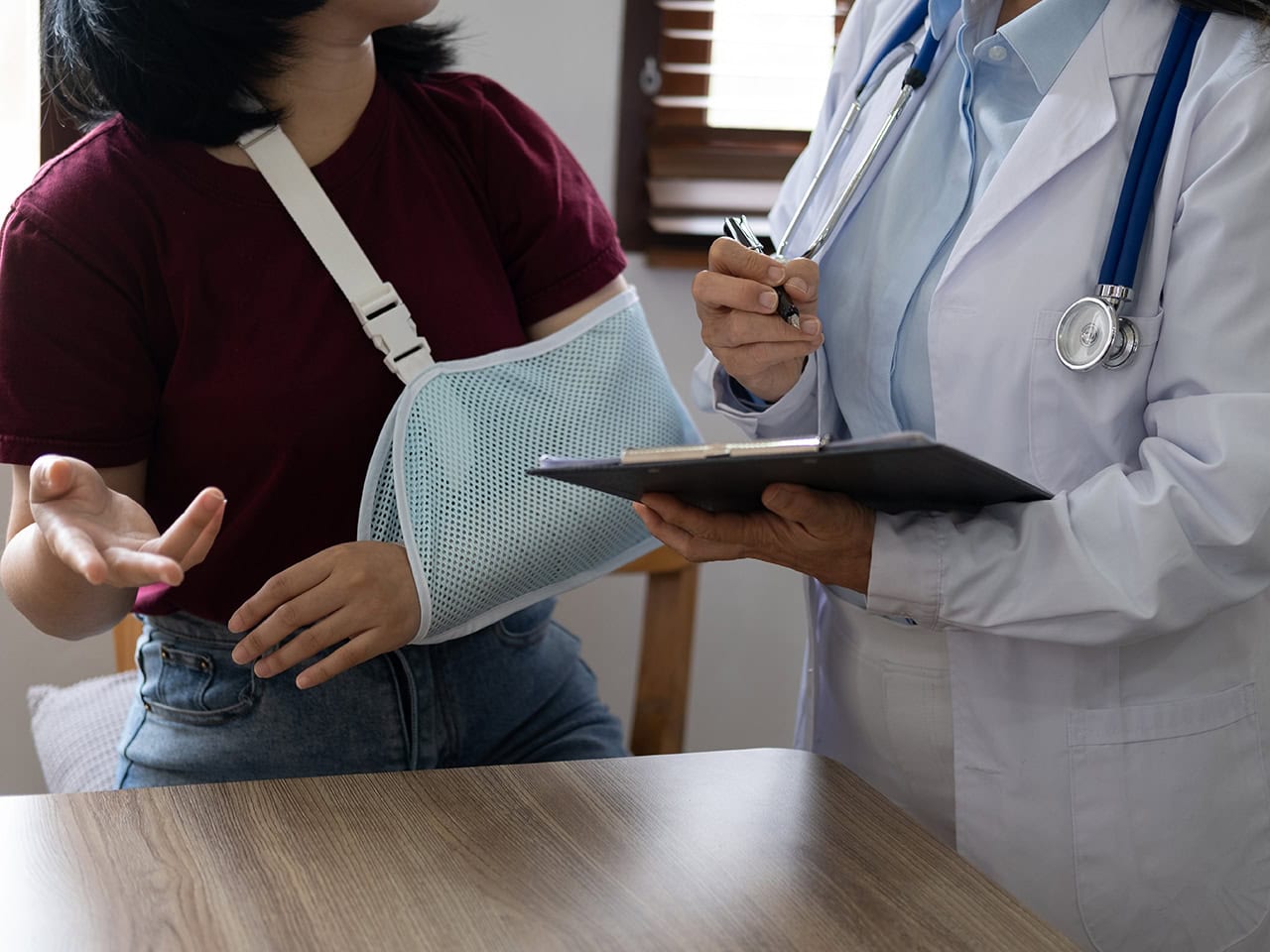
Accidents can also result in soft tissue injuries around the elbow, such as sprains, strains, or tears in the ligaments, muscles, or tendons. These injuries occur when the tissues are overstretched or torn due to excessive force. A sprain involves the overstretching or tearing of ligaments, which connect bones to other bones. A strain is an injury to muscles or tendons that connect muscles to bones. These soft tissue injuries can cause significant pain, swelling, bruising, and restricted movement. Depending on the severity, they may require physical therapy or even surgery for full recovery. Treatment typically involves rest, ice, compression, elevation (R.I.C.E.), pain management, and gradual rehabilitation.
These elbow injuries can vary significantly in severity and require different treatment and rehabilitation approaches. Early medical attention and proper care ensure the best possible recovery outcomes.
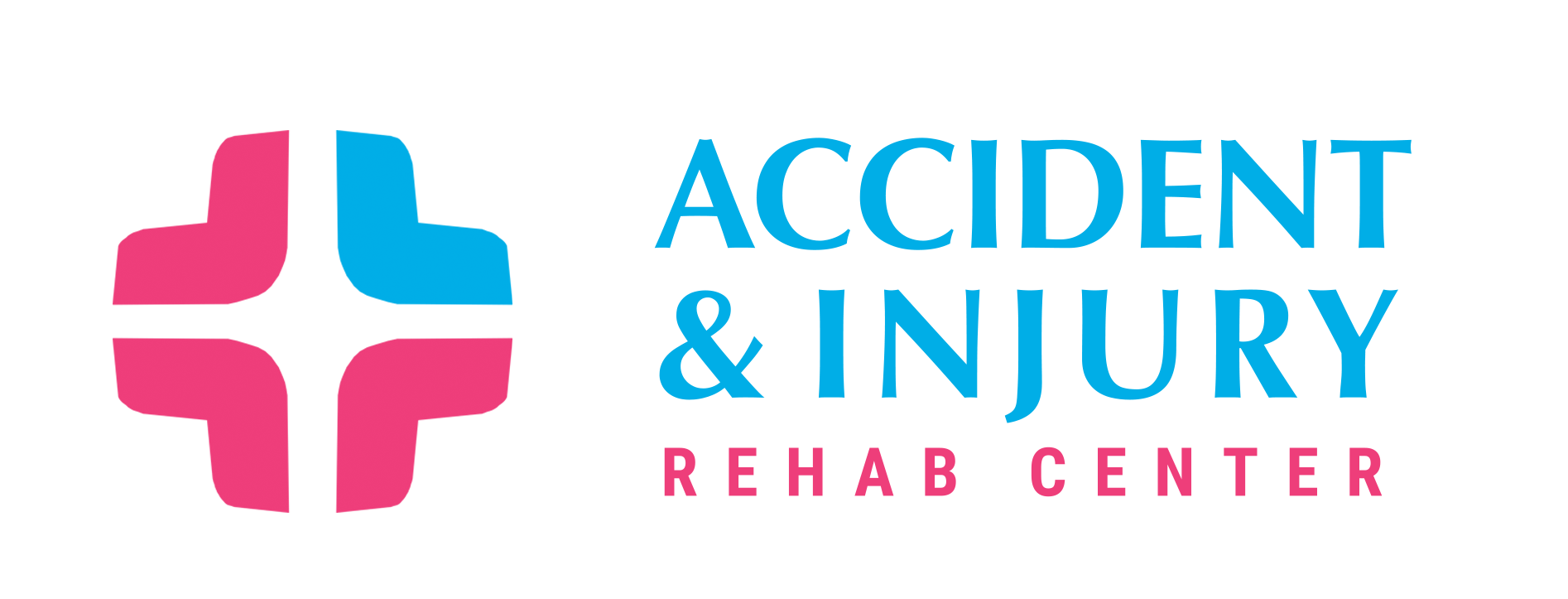
While some elbow injuries may appear mild, others require immediate medical evaluation. If you experience:
Seek medical help immediately to avoid further complications and ensure proper treatment.
At Accident and Injury Rehab Center, we perform a thorough evaluation to diagnose your elbow injury accurately. This process includes a physical examination and may involve diagnostic imaging, such as X-rays, MRIs, or ultrasounds. These imaging tools help us visualize the bones, tendons, ligaments, and soft tissues, allowing us to identify fractures, dislocations, or tears that require specific treatment.
We also consider factors such as the mechanism of the accident—whether it was a car crash, a fall, or a workplace incident—as this can help determine the type and severity of the injury.
With over 5 decades of collective experience, our staff brings a wealth of wisdom and insight to your injury treatment and medical documentation that supports your legal claim. Our experience and caring approach allows us to provide thorough treatment to address your injuries and get you on the road to recovery.
Double Board Certified Chiropractic Neurologist and Chiropractic Internist
Doctor of Physical Therapy
Chiropractic and Radiological Technician
Physical Therapist Assistant
Elbow injuries in accidents can result from direct trauma, such as a blow to the elbow during a car crash or slip-and-fall, or from awkward movements that cause strain or damage to the joint. Accidents can also lead to overuse injuries, which is when the body compensates for the impact by overloading specific muscles or tendons in the arm.
We offer a comprehensive range of treatment options to promote healing and alleviate pain. We aim to restore function and improve quality of life as quickly as possible.
For many accident-related elbow injuries, nonsurgical treatments are effective:
Rest and Ice: Applying ice to the elbow immediately after the injury can reduce swelling and pain.
Medications: Nonsteroidal anti-inflammatory drugs (NSAIDs) can reduce inflammation and alleviate pain.
Physical Therapy: Specialized therapy exercises can strengthen the muscles surrounding the elbow, restore flexibility, and improve the range of motion. This is critical for recovery after an accident.
Surgery may be required to repair or realign severe injuries, severe—such as fractures, torn ligaments, or dislocations. Our network of experienced surgeons will assess the injury and recommend the best surgical approach to restore the elbow’s function. Surgical options include repairing fractured bones, realigning the joint, or repairing damaged tendons or ligaments.
Physical therapy is essential for recovery, whether or not surgery is required. At Accident and Injury Rehab Center, we develop individualized plans to:
Therapy may also include modalities like heat or cold therapy, ultrasound, or electrical stimulation to promote healing and reduce pain.
While accidents can be unavoidable, there are steps you can take to minimize the risk of further elbow injuries:
If your accident occurred in the workplace, it may be helpful to adjust your workspace or posture to avoid additional strain on your elbows.
Once you are cleared by a doctor, engaging in specific strengthening exercises for the elbow and forearm can help prevent re-injury.
If you were injured in an accident involving physical activities, consider using proper protective gear to avoid future injuries.
At home, you can manage mild elbow injuries with these simple remedies:
Ice Therapy: To reduce swelling, apply ice to the injured elbow for 15-20 minutes every few hours.
Elevate the Elbow: If possible, elevate your elbow to reduce swelling.
Pain Relief: Over-the-counter pain relievers such as ibuprofen or acetaminophen can help manage discomfort.
While many elbow injuries can be treated at home, a professional evaluation is necessary if:
Accident and Injury Rehab Center is dedicated to providing personalized care for individuals injured in accidents. From initial diagnosis to rehabilitation, a provider at our clinic will guide you every step of the way to ensure your best recovery.
If you’ve sustained an elbow injury in an accident, don’t wait to seek treatment. Contact Accident and Injury Rehab Center today to schedule a consultation and begin your path to recovery at our clinic. Our team of specialists is here to provide you with the care and support you need to heal and regain your quality of life.
